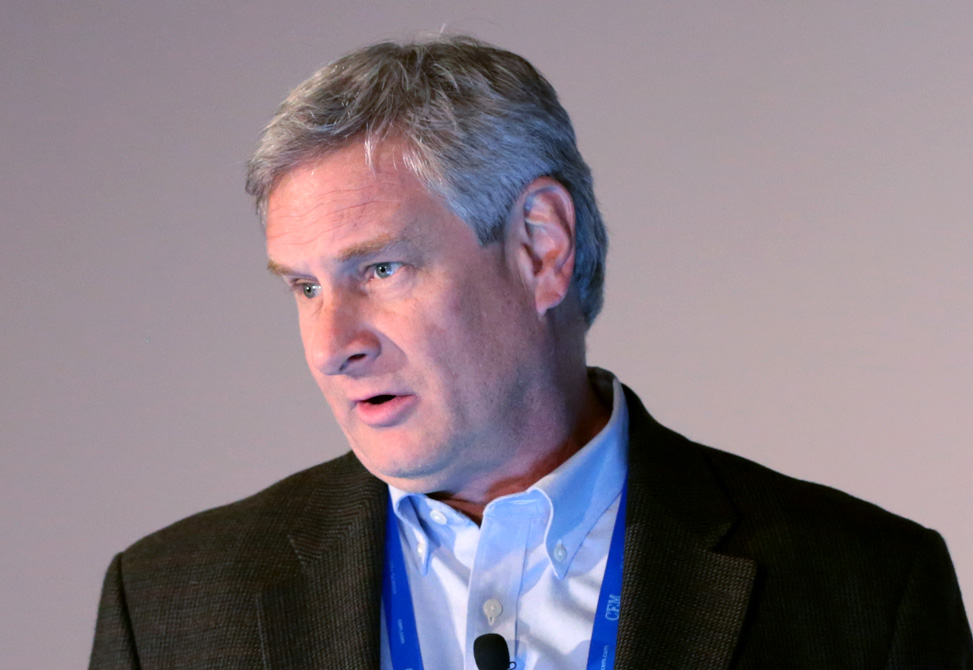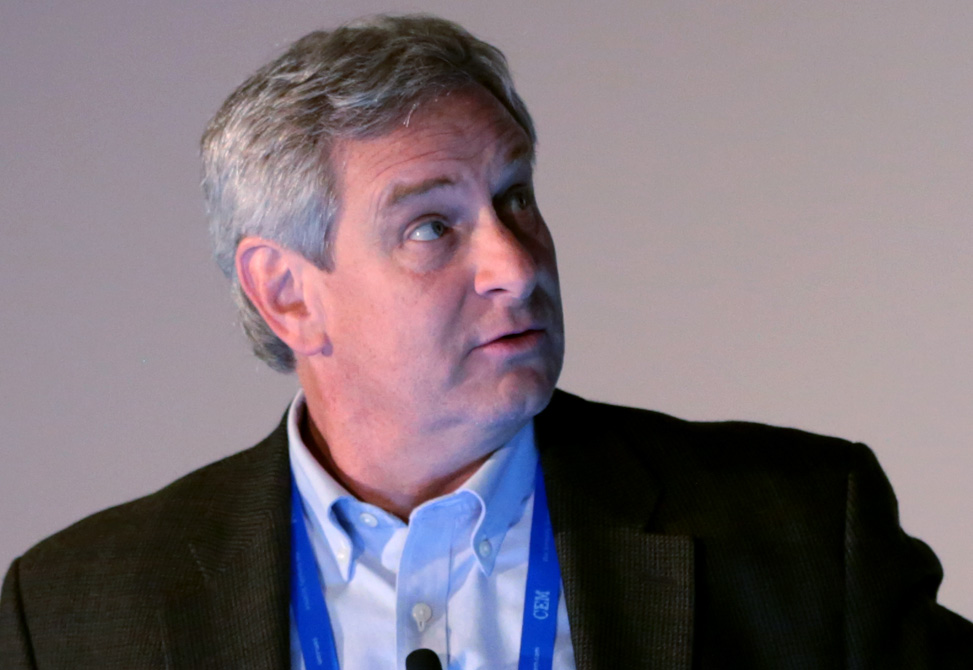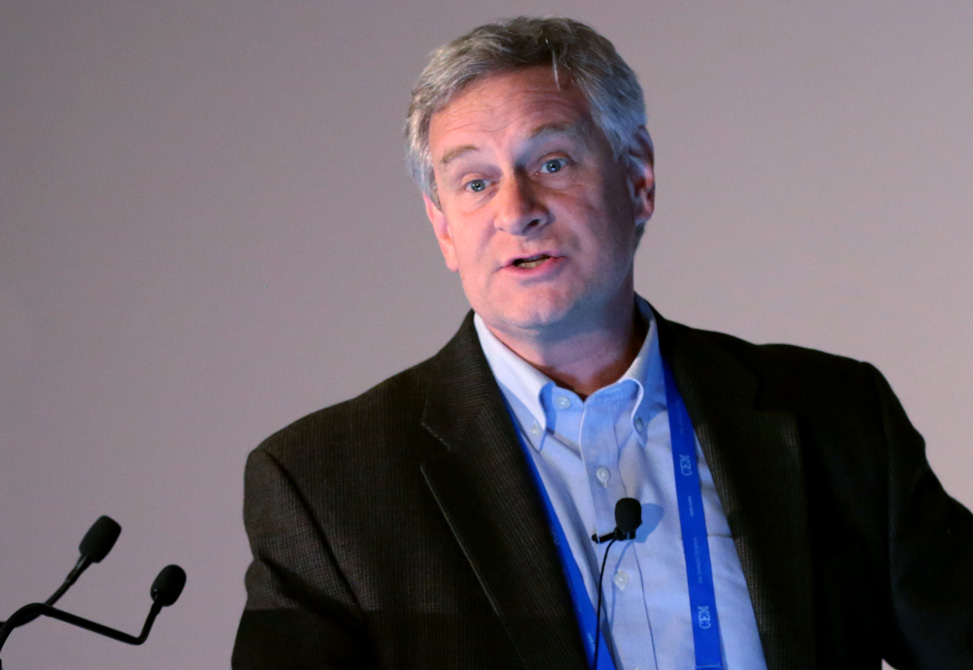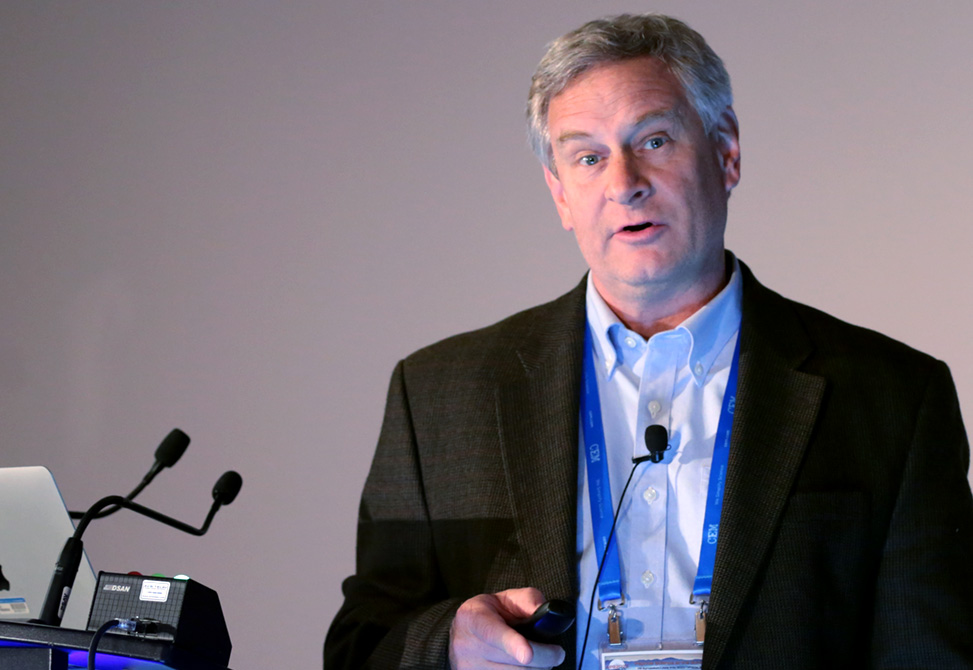Joel Schneider
National Cancer Institute
Talk Session: DU VIGNEAUD LECTURE I
Date: Wednesday, June 15, 2022
Talk Time: 05:00 pm - 05:30 pm
Talk Title: Peptides in Materials Science
Dr. Schneider received his Ph.D. in Organic Chemistry from Texas A&M University with Jeffery Kelly and then went on to the University of Pennsylvania School of Medicine, Department of Biochemistry and Biophysics where he was a George W. Raiziss Fellow with William DeGrado studying protein design. In 1999, he began his independent career at the University of Delaware as an assistant professor of Chemistry and Biochemistry and was promoted to associate and then full professor in 2009 with a secondary appointment in Materials Science and Engineering. He joined the NCI in 2010 as lab Chief of the newly established Chemical Biology Laboratory and was later appointed Deputy Director in 2015. He currently serves as the president of the American Peptide Society and Executive Editor of Biopolymers-Peptide Science.
Our group develops novel materials for use in the delivery of therapeutics and as antibacterial agents. We are particularly interested in peptide and protein-based hydrogel materials formed by self-assembly mechanisms. Our work spans molecular conception, materials synthesis, nano- and bulk mechanical materials characterization, cell-material interactions, biocompatibility, and assessment of performance efficacy. Our basic research establishes how material composition and structure influences material function, and lays the foundation to ultimately translate materials to the clinic. We also develop and study membrane-perturbing peptides as drug delivery vehicles.
Peptides have, and continue, to impact materials development. They can be used to functionalize the surfaces of existing materials to impart function or serve as building blocks to construct new materials through their polymerization and/or self-assembly.
Self-assembling peptides can form a broad array of supramolecule structures including sheets, disks, spheres, barrels, tubes, and fibrils. Fibrils are privileged structures capable of higher-order assembly leading to the formation of networks that constitute the formation of macroscopic gels. The physical, mechanical and biological properties of peptide gels can be finely tuned through molecular design to enable a wide range of biomedical applications. Further, understanding the assembly mechanisms by which these materials are formed and their structures to molecular detail catalyze their development towards targeted applications.
We designed a class of peptide hydrogels that allows for the direct encapsulation of therapeutics and their subsequent local delivery to tissue. Peptide assembly leading to fibrillar gels can be triggered in the presence of small molecules, proteins, nucleic acids, cells, and nanoparticles resulting in their direct encapsulation.
Resultant gels display shear-thin/recovery mechanical properties, allowing their direct application to targeted tissue by syringe or spray, where they deliver their payload locally. Through the design of over 200 sequences, we have developed a deep mechanistic and structural understanding of this class of material. This has allowed the development of gels that facilitate a broad range of applications including microanastomosis, the suturing of ultrasmall blood vessels, gels that limit tissue rejection after vascularized composite allotransplantation, and as treatments for mesothelioma.







